Report this entry
More from the same community-collection
Cadwallader Elementary Front Steps - 1950 - El Paso, Texas
Fourth Grade - front steps of Cadwallader Elementary. Janice ...
Cadwallader Elementary - Cheerleaders - 1971
Greta who is twelve years old and Gina three and half. ...
Cadwallader Elementary School 4th Grade - 1978
Cadwallader Elementary School 4th Grade - Jerrilu Mallo, Teacher ...
Cadwallader Elementary School 3th Grade - 1977 - El Paso, Texas
Cadwallader Elementary School 3th Grade - Mary Miller, Teacher ...
EPHS Seniors of the Class of 1986
EPHS Seniors of the Class of 1986. Alastair MacPhail, Drew ...
The Woman's Club of El Paso - Video - 2016
Video created by Jackson Polk - honoring the Woman's Club of El ...
The Woman's Club of El Paso - Video - 2016
Video created by Jackson Polk - honoring the Woman's Club of El ...
The Woman's Club of El Paso - Video - 2016
Video created by Jackson Polk - honoring the Woman's Club of El ...
The Woman's Club of El Paso - Video - 2016
Video created by Jackson Polk - honoring the Woman's Club of El ...
Mr. & Mrs. Murphy - Woman's Club Exhibit - 2016
The Murphy family attended the opening of the Woman's Exhibit at ...
The Woman's Club of El Paso - 2016
Photographs of past presidents of the Woman's Club of El Paso ...
The Woman's Club of El Paso - 2016
The Woman's Club of El Paso - 2016 Woman’s Club of El Paso: ...

















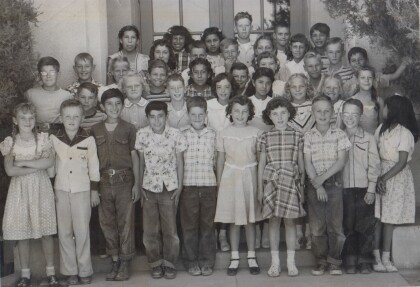


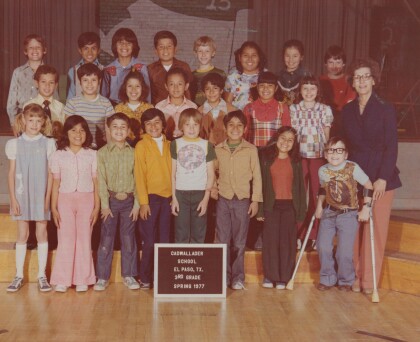
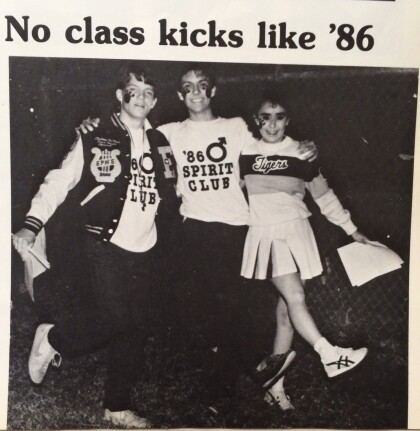
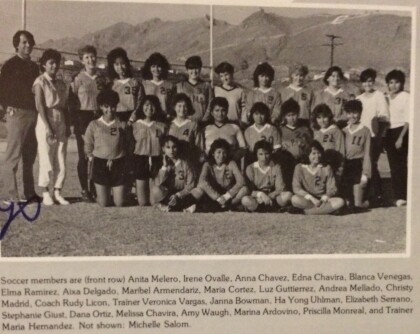
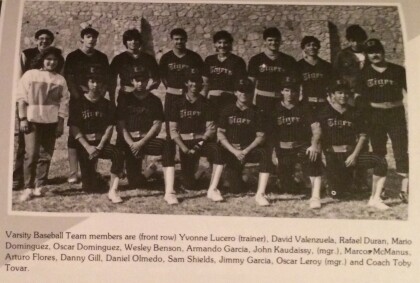

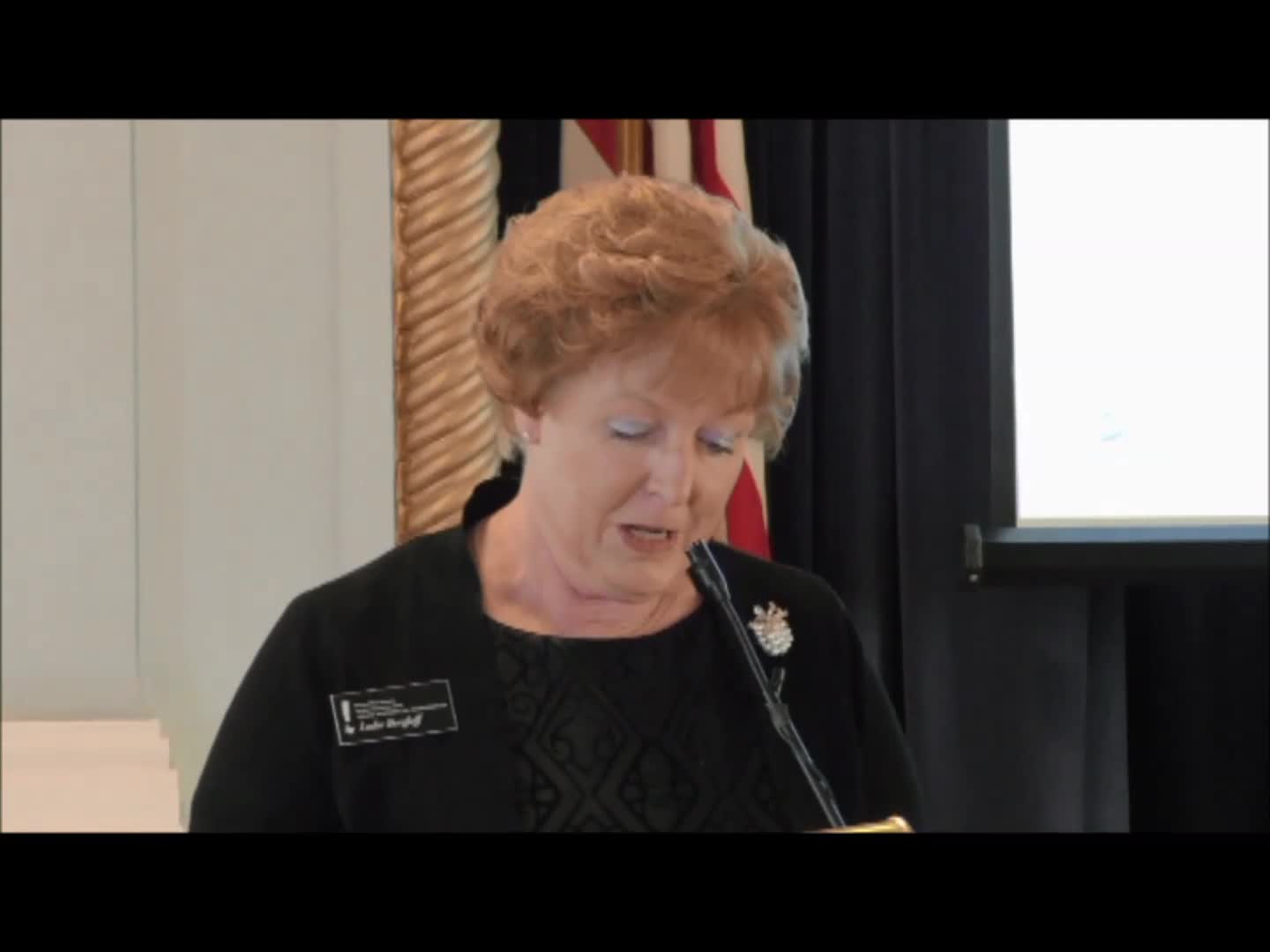


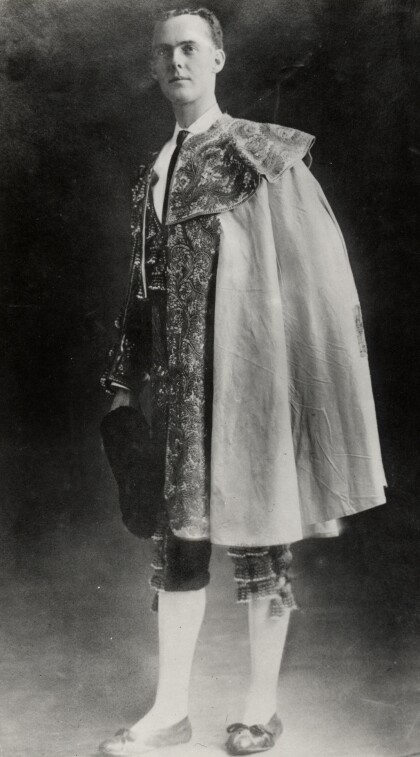

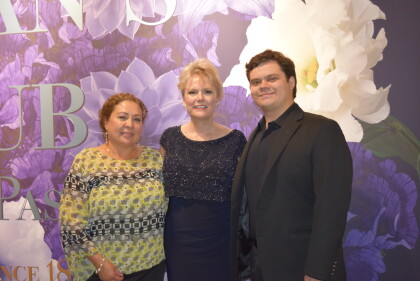
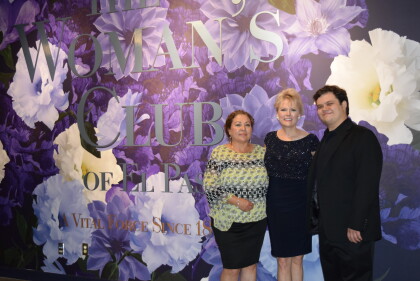

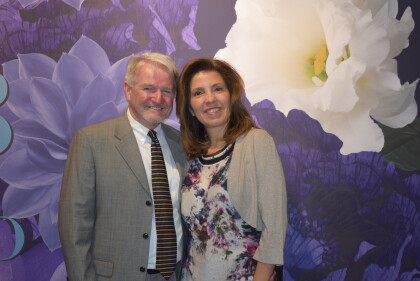

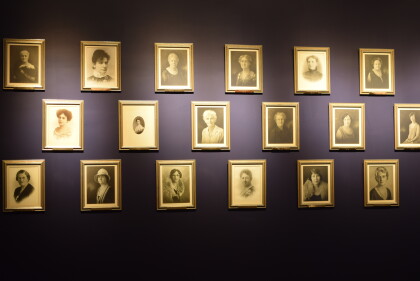
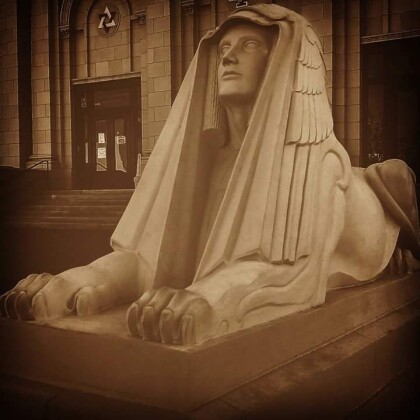
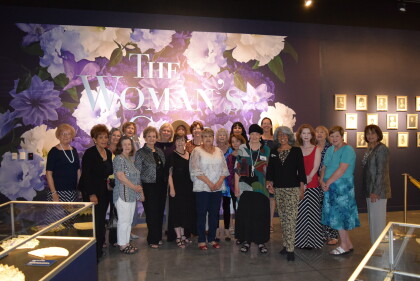
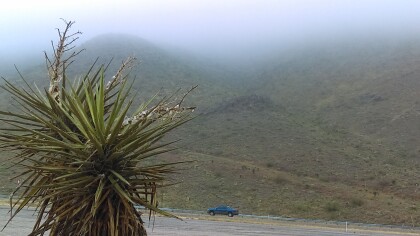

Comments
Add a comment